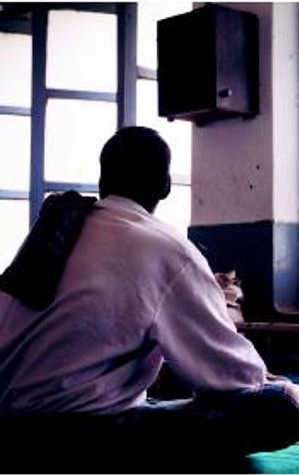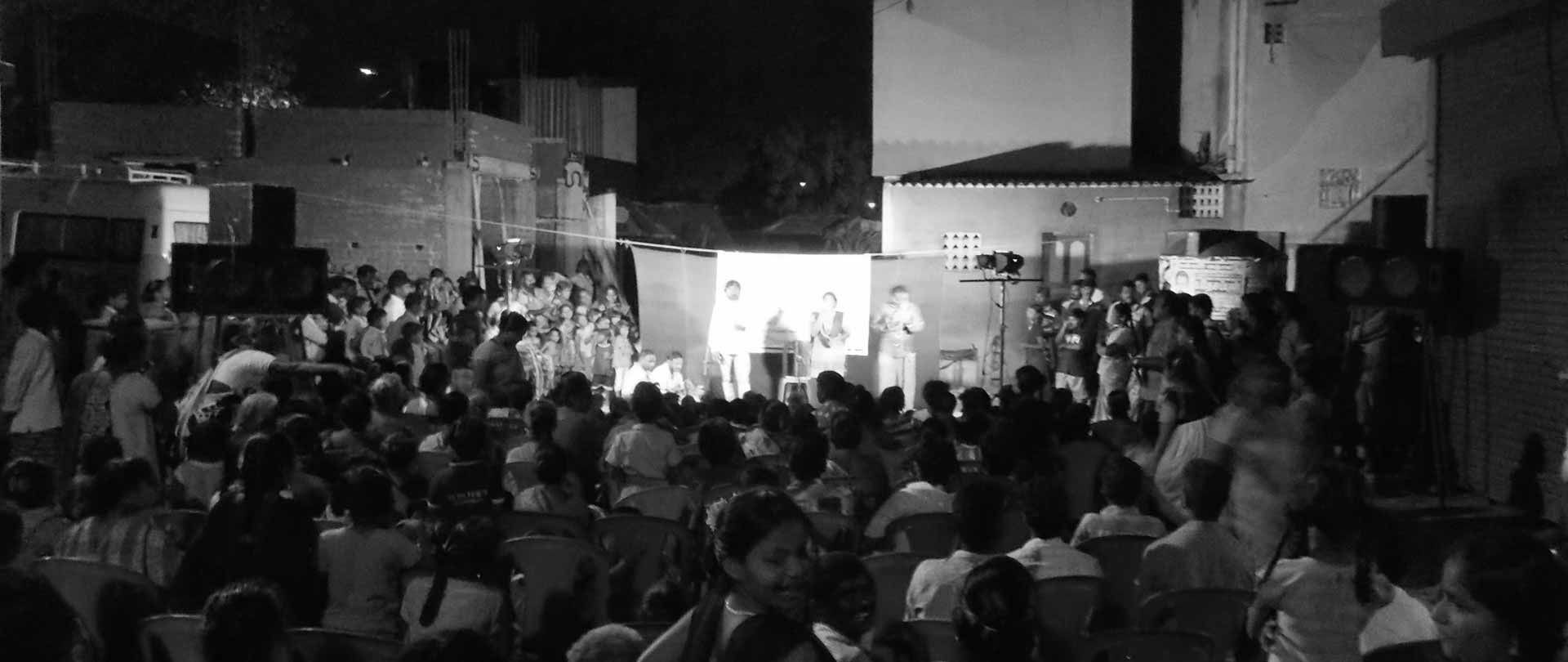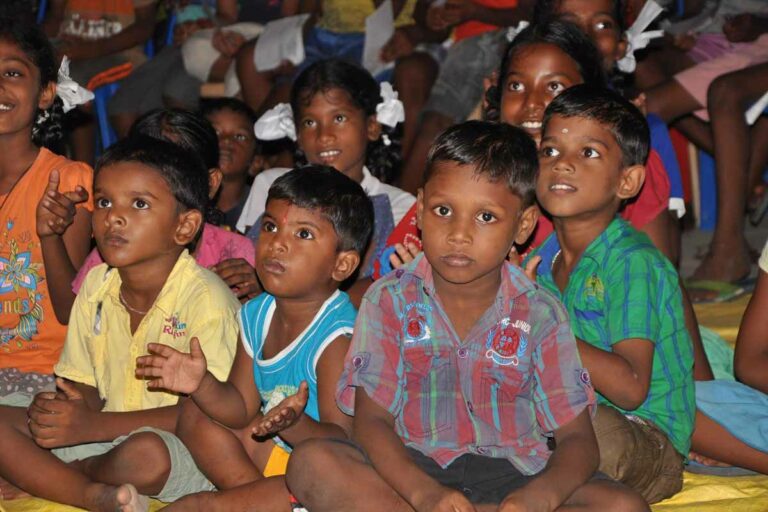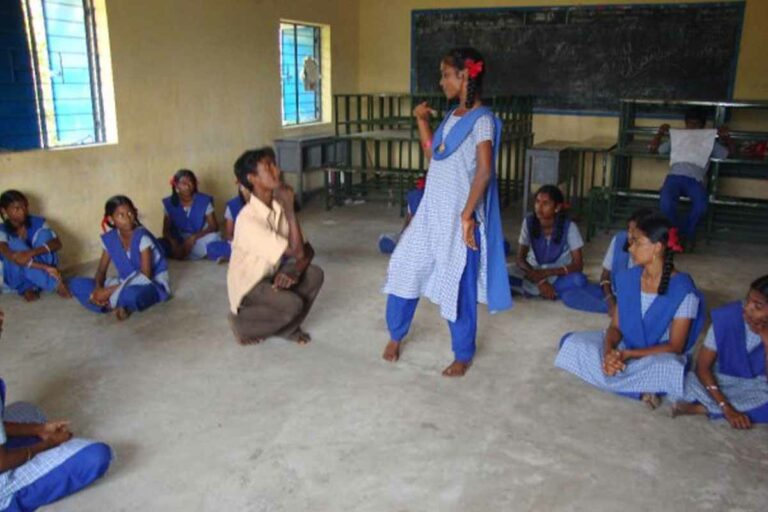Times of India – They’re Playing My Song, Doc
Sandhya Soman,TOI Crest | Jan 30, 2010, 11.43 AM IST
Original Article online here
Mondays are for tuning into memorable melodies. Tuesdays are when romantics get their fill of mushy love songs. Wednesdays are reserved for the latest chartbusters . Folk numbers fill the air on Thursdays. Fridays are the much-indemand ‘Your Choice’ days while Saturdays are for movie soundtracks. A week passes in a breeze for HIVaffected persons at India’s largest AIDS care centre in Chennai. Literally. ‘Thendral’ (breeze in Tamil), the daily cable radio programme, fills wards and an outpatient wing with film songs interspersed with nuggets of information.
An initiative of the NGO Nalamdana, Government Hospital of Thoracic Medicine (GHTM) and Tamil Nadu State Aids Control Society, the project uses a public address system to educate and entertain HIV-affected and TB patients with low literacy levels. The programmes reach anti-retroviral treatment (ART) and TB wards daily.
At ward no 3, a gaunt figure keeps adjusting the speaker volume on a balmy Tuesday afternoon. Love songs are in the air, and Rajan, an inpatient , misses his wife and children though he is set to leave for his hometown as soon as he completes a 15-day ART module.
“The radio is good, especially in the afternoons after the doctors have come and gone. Every day there are different songs and lots of information ,” he says. Once the doctors’ rounds are over, Rajan and others in the male ward huddle around the speakers, one for every three beds. “I just heard how important it is to bathe twice a day in warm water and trim my nails. They also said on the radio that I should stay away from my kids if I have a TB infection,” says Rajan.
Thendral broadcasts are a curious mixture of movie songs, especially composed jingles and information modules with hospital staff pitching in as on-air personalities . “GHTM is a huge campus. Whatever I want to tell my patients about nutrition, I can do that via the Thendral broadcast,” says dietician K Devika.
The cable radio, launched in 2005, started with seven ART wards for two hours a day. Now, it broadcasts for four-and-a-half hours, six days a week, and covers 16 TB and ART wards, the ART out-patient wing and the children’s ward.
A recent evaluation of the project by various stakeholders indicates that patients relate more directly to the songs on radio, and the receipt of valuable information . Doctors have “noticed patients recalling and referring to what they heard,” notes the evaluation study.
India has nearly 2.5 million people living with HIV and AIDS. The first AIDS case in India was reported in Tamil Nadu in 1986. Estimates indicate that the epidemic has stabilised or seen a drop in Tamil Nadu and other states. HIV prevalence continues to be higher among vulnerable groups. More than 200 hospitals run ART departments that have community care centres attached to them.
Staff nurse, P Anita, says the Thendral messages catch on better as they are in Tamil. “In the female ART ward, most of them know about the importance of avoiding breast-feeding to prevent parent-to-child transmission . The jingles on regular medication are all in simple Tamil.”
Initially, GHTM had street theatre sessions and plays conducted by Nalamdana to improve HIV awareness. “The Q&A session with senior doctors after the play got so intense that we decided to have an in-house radio to address patients’ doubts,” says superintendent, Dr C Chandrasekar . GHTM is the largest AIDS care centre with at least 400 HIV in-patients visiting the separate pre-ART clinic department daily and over 300 patients undergoing in-patient treatment in 11 exclusive HIV wards.
The suggestion for a cable radio came from Nalamdana project director, R Jeevanandham, who saw in the PA system the possibility of using music as therapy and easy information dissemination about health and hygiene practices.
Once government approval came through, Nalamdana staff got busy converting a portion of the old hospital complex to a compact state-of-the-art studio. “We developed our own programming. Now, NGOs on the premises use Thendral to come up with modules on nutrition,” says Nithya Balaji, executive trustee of Nalamdana.
The broadcast includes songs written by doctors, counsellors and staff of the Indian Network for People Living with HIV/AIDS like V Bhagyaraj, whose song is a lilting folksy number asking HIV-affected to live their lives without anger and addiction.
There are also minor altercations when seasoned Thendral-listeners object to new patients spitting. “Old inmates repeat what they heard on the radio and get agitated when newcomers cough and spit in the open. Sometimes we do have to interfere,” says a doctor, laughing . Jokes apart, all the stakeholders say there should be more programmes and a lot more wards connected to the radio. “There is one nurse for around 40 patients and one social worker has to give information to 100 patients a day. Doctors and medical staff, who do the Q&A for Thendral every week, are overworked. It will make a huge difference if there are qualified people to spend more time with patients,” says a senior medical official.
sandhya.soman@timesgroup .com




